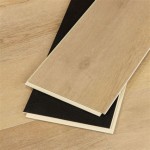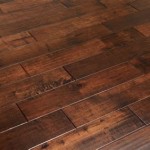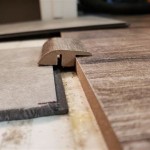Acclimation is an important process in ensuring that your vinyl plank flooring will last for years to come. It is a necessary process that helps to ensure that the material will be able to handle the temperature and humidity in the room where it is being installed. In this article, we will discuss what acclimation is and why it is important for vinyl plank flooring.
What is Acclimation?
Acclimation is the process of allowing the vinyl plank flooring to adjust gradually to the temperature and humidity of the room where it will be installed. This ensures that the material will be able to expand and contract properly in response to changes in temperature and humidity. If the material is not allowed to acclimate, the planks could warp or buckle due to the sudden change in environment.
How Long Does Acclimation Take?
The amount of time that acclimation takes depends on the type and thickness of the vinyl plank flooring. Generally, thinner planks need less time to acclimate, while thicker planks may need more. As a general rule, planks should be left in the room for at least 48 hours before installation.
How to Acclimate Vinyl Plank Flooring?
The process of acclimating vinyl plank flooring is relatively simple. First, the planks should be opened and left in the room for at least 48 hours before installation. During this time, the temperature and humidity of the room should be monitored and the planks should be moved around to ensure that they are exposed to the same environment. Once the planks have acclimated, they can be installed.
Importance of Acclimating Vinyl Plank Flooring
Acclimating vinyl plank flooring is important for several reasons. First, it ensures that the material is able to properly expand and contract in response to changes in temperature and humidity. This helps to prevent issues such as warping and buckling. Additionally, it helps to ensure that the planks are securely bonded to the subfloor, which will help to extend the life of your flooring.
Conclusion
Acclimating vinyl plank flooring is an important step in ensuring that it will last for years to come. The process helps to ensure that the material is able to properly expand and contract in response to changes in temperature and humidity, which helps to prevent warping and buckling. Additionally, it helps to ensure that the planks are securely bonded to the subfloor. It is important to follow the manufacturer’s instructions for acclimation and to monitor the temperature and humidity in the room during the process.


/home-decorators-collection-bamboo-flooring-am1315e-1d_1000-5a8c44c2303713003784b093.jpg?resize=640%2C640&ssl=1)











Related Posts








